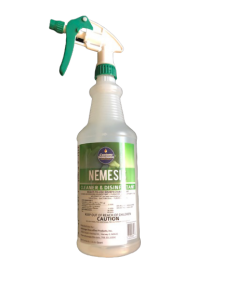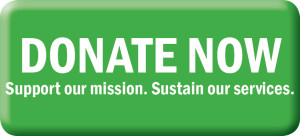
Latest News
- Make a Conscious Choice for the Planet with Advanage 20x Cleaners: A Sustainable Cleaning Solution
- Uncover the Magic of Advanage 20x Cleaners: The Ultimate Solution for All Your Cleaning Needs
- The Environmental Impact of Multi Purpose Cleaner and How to Reduce It
- 🌟 Fri-yay calls for a fresh and clean weekend! 🧽✨
- AdVantage 20X: Your Go-To Solution for Pet Messes
- Eco-Friendly Spring Cleaning with Advanage 20X
- Ultimate Bathroom Cleaning Hacks with Advanage 20X: A Sparkling Solution
- Top Tips for Using Advanage 20X in Your Kitchen: Mastering Cleaning Efficiency
Contact Us
Tags
20X Multipurpose Cleaner
About Advanage 20x
Advanage
ADVANAGE 20X
Advanage 20X Multipurpose Cleaner
ADVANAGE 20X Wonder Cleaner
Advanage Diversified
Advanage Diversified Products
Advanage Nemesis Disinfectant
Advanage Reseller Program
ADVANAGE The Wonder Cleaner
advanage wonder cleaner
Advantages of using Advanage 20x
all purpose cleaner
A multipurpose cleaner
Carpet Spot Remover
cleaner
cleaning
cleaning power
Cleaning Products
Cleaning your Bathtub
CLEAN YOUR BBQ GRILL
Commercial Clean Up
Disinfectant
Door-to-Door sales
ECO cleaning products
Eco Friendly
Eco Friendly Advanage 20X
eco friendly cleaner
High School Drop Out
Household Solution
joblessness
Learn More About the ADVANAGE 20X
multi-purpose cleaner
multipurpose cleaner
multi purpose cleaner manufacturers
Nathan T. Edwards
Providing Jobs
Reseller Program
Sell Advanage
The Nation’s Finest Multipurpose Cleaner
the Wonder Cleaner
Tire Mark Removal
Training unemployed
www.advanage20x.com
 The Coronavirus COVID-19 pandemic has driven all of us into isolation, seclusion, and uncertainty. We’ve been told to wash our hands, wear masks, muzzle our coughs, and keep everyone at a distance.
The Coronavirus COVID-19 pandemic has driven all of us into isolation, seclusion, and uncertainty. We’ve been told to wash our hands, wear masks, muzzle our coughs, and keep everyone at a distance. 
